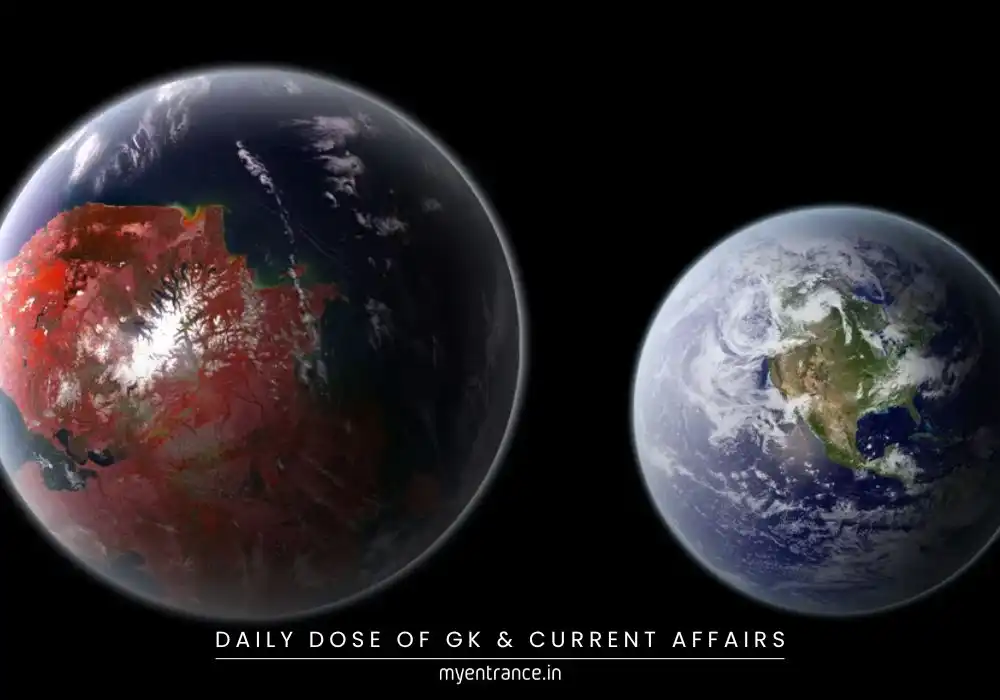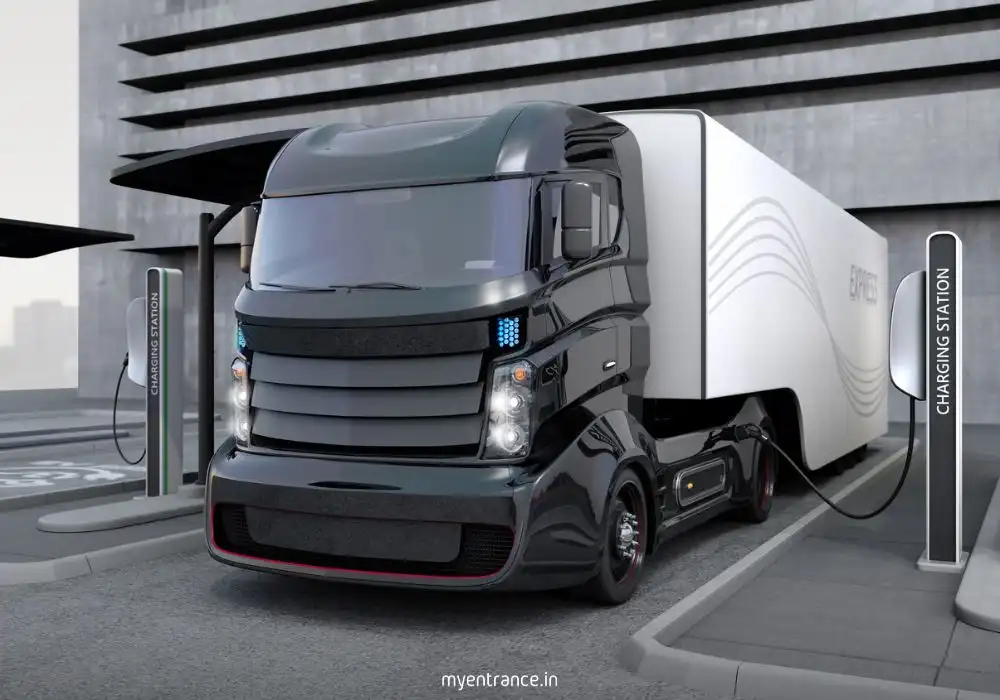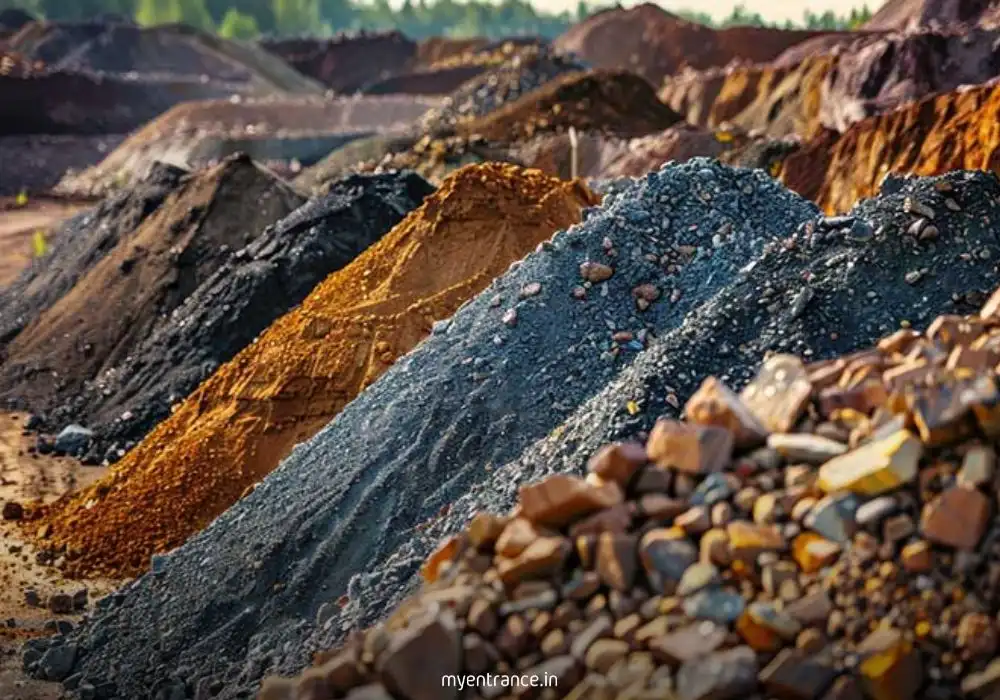Translate Language
NASA Detects Strange Signals from a “Super Earth” – What Does It Mean?
NASA’s TESS telescope has detected a strange “Super Earth” emitting repeated signals from deep space. Dubbed TOI-1846 b, this mysterious planet sits in a rare category between rocky worlds like Earth and gas giants like Neptune. Could it hold clues about alien oceans or even extraterrestrial life?

How Did NASA Discover This Mysterious Super Earth?
NASA’s Transiting Exoplanet Survey Satellite (TESS) first spotted TOI-1846 b in March 2023 when it observed unusual dips in the light of a distant red dwarf star. These dips suggested a planet was passing in front of the star, blocking some of its light.
To confirm the discovery, scientists used:
Ground-based telescopes (like the Oukaimeden Observatory in Morocco)
High-resolution imaging
Spectroscopic observations
Their findings revealed:
✔ Size & Mass: Nearly twice Earth’s size and four times heavier.
✔ Orbit: Completes a full revolution around its star in just four days—much closer than Mercury orbits our Sun.
✔ Temperature: A scorching 600°F, yet possibly holding water in ice or vapor form.
✔ Tidal Locking: One side permanently faces the star, while the other remains in darkness, creating extreme temperature contrasts.
Why Is This Planet Special?
Falls in the “radius gap”—a rare category between rocky and gaseous planets.
May have a rocky core, icy layer, and even a thin atmosphere or shallow ocean.
Could help scientists understand how some planets retain atmospheres while others lose them.
Next Steps: James Webb Telescope Investigation
NASA plans to use the James Webb Space Telescope (JWST) to analyze TOI-1846 b’s atmosphere for signs of:
Water vapor
Methane
Carbon dioxide
If detected, these gases could hint at the planet’s potential habitability.
Sample Questions & Answers (For Competitive Exams)
Q1: What is the name of the newly discovered “Super Earth”?
A: TOI-1846 b.
Q2: How far is TOI-1846 b from Earth?
A: Approximately 154 light-years away.
Q3: Which NASA telescope first detected TOI-1846 b?
A: The TESS (Transiting Exoplanet Survey Satellite).
Q4: Why is TOI-1846 b considered a “Super Earth”?
A: It’s twice Earth’s size and four times as massive, placing it between rocky and gaseous planets.
Q5: Could TOI-1846 b have water despite its high temperature?
A: Yes, scientists believe it may have ice layers or even a thin atmosphere trapping water vapor.
Why Is This Important for Competitive Exams?
Questions on space discoveries, especially from NASA, ISRO, and other space agencies, frequently appear in exams like:
UPSC (Science & Technology Section)
SSC (General Awareness)
PSC/KAS (Current Affairs)
NID/NIFT (General Knowledge)
Understanding exoplanets, TESS, and James Webb Telescope helps in:
✔ Answering MCQs on recent scientific breakthroughs.
✔ Writing descriptive answers in mains exams.
✔ Staying updated for interview rounds.
Final Thoughts
NASA’s discovery of TOI-1846 b opens new doors in the search for habitable exoplanets. With further studies from the James Webb Telescope, we may soon uncover whether this mysterious “Super Earth” holds water—or even clues to alien life!
For more exam-focused science updates, stay tuned to MyEntrance.in—your ultimate guide to cracking competitive exams!
Get 3 Months Free Access for SSC, PSC, NIFT & NID
Boost your exam prep!
Use offer code WELCOME28 to get 3 months free subscription. Start preparing today!













